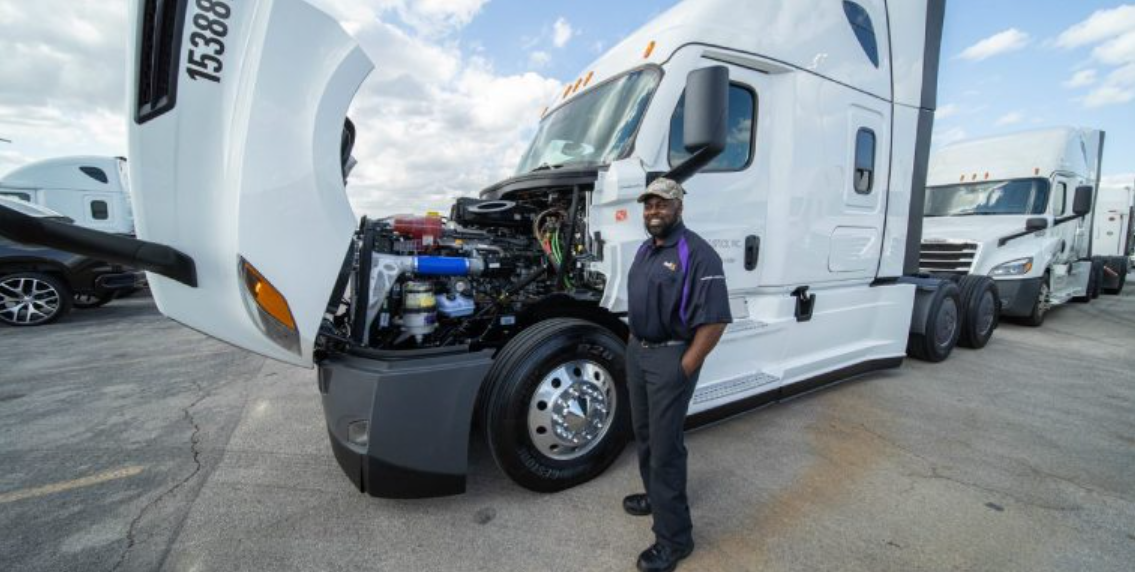Exploring truck drivers jobs in Australia
Did you know that the Australian trucking industry moves over 70% of the country’s freight? Discover the thriving world of truck drivers jobs, their challenges, and rewards.

The journey of exploring truck driver jobs in Australia starts here. This profession is a backbone of the Australian economy, moving goods across vast distances and connecting remote communities. Not only do truck drivers keep businesses running smoothly, but they also enjoy a unique lifestyle that offers independence and varied experiences.
This article will delve into what it takes to become a truck driver, the different types of driving jobs available, expected wages, and the challenges faced in the industry. We will also explore the training required, potential career growth, and how to find suitable job opportunities. Whether you’re contemplating a career switch or simply curious about this essential industry, you will find valuable insights here.
Understanding the trucking industry in Australia
The trucking industry in Australia is a vital part of the national supply chain. Over 70% of freight is transported by road. This includes everything from fresh produce to heavy machinery, highlighting the importance of truck drivers in our daily lives and the economy.
There are over 50,000 active trucking companies in Australia, providing a diverse range of employment opportunities. The sector includes long-haul drivers, local delivery drivers, and specialty transport such as refrigerated goods and hazardous materials. Each type of job comes with its own responsibilities and training requirements.
Long-haul truck drivers, for instance, can travel thousands of kilometers over several days, often crossing state borders. This job requires good time management skills and can mean weeks away from home. On the contrary, local delivery drivers usually work shorter routes, allowing for a better work-life balance, yet may require flexibility to meet delivery schedules.
Requirements and qualifications for truck drivers
To become a truck driver, candidates need a commercial driver’s license (CDL), the specific class of which depends on the vehicle they intend to drive. In Australia, there are different classes of licenses from light rigid to heavy combination, each requiring varying levels of experience and training.
Most training can be completed through accredited driving schools. These programs cover essential skills like vehicle operation, safety protocols, and warehouse logistics. Furthermore, training includes practical driving hours to ensure drivers meet regulatory standards.
Additionally, a successful truck driver should possess strong navigational skills, patience, and the ability to manage fatigue. Health checks are also important, as drivers must meet specific fitness requirements due to the sedentary nature of the job. Recognising warning signs of fatigue and knowing how to combat it are essential skills in this field.
Typical salary and benefits of truck driving
The income of truck drivers in Australia can vary significantly based on several factors such as experience, job type, and location. In general, professional truck drivers earn between AUD 55,000 and AUD 90,000 annually. Long-haul truck drivers typically command higher salaries due to the extended hours away from home and additional responsibilities.
Moreover, many companies offer benefits like bonuses for safe driving records, overtime pay, health insurance, and retirement plans. Some companies also provide perks such as accommodation allowances for long-distance travel and opportunities for career advancement.
Additionally, getting paid per kilometer driven can be common for long-haul drivers, leading to the possibility of higher earnings based on performance and number of trips completed.
Challenges faced by truck drivers
Despite the advantages, truck driving comes with its unique set of challenges. The long hours on the road can lead to fatigue, loneliness, and mental health issues. Isolation from family and friends while on long hauls can take a toll on personal relationships.
The industry also faces consistent driver shortages, which can lead to increased workload and stress for existing drivers. Regulations on driving hours aim to reduce fatigue, but compliance can be challenging, especially when delivery deadlines loom.
Moreover, there are potential road hazards, including weather conditions and traffic. Drivers must always be alert and ready to face unexpected scenarios, which adds to the job's intensity and demands. Companies are increasingly focusing on driver wellness programs to combat these challenges, but they remain prevalent in the industry.
Future opportunities in the trucking sector
The future of truck driving in Australia looks promising as e-commerce and online shopping continue to expand. The demand for efficient freight transport is growing and will require more skilled drivers in the years to come. This growth trend suggests a stable job market for aspiring truck drivers.
Technological advancements are also transforming the industry. Innovations such as GPS tracking, automated trucking, and improved safety systems enhance the driving experience. Additionally, companies are increasingly investing in electric and sustainable vehicles, setting the stage for a new era in freight transport.
For those considering a career in trucking, ongoing training and adaptability will be key. Staying updated with industry trends and technological advancements will open numerous doors, enhancing job security and growth potential in this ever-evolving field.
Truck driving is more than just a job; it's a vital role that ensures goods flow smoothly across Australia. While there are challenges, the rewards, including a good salary, job security, and the opportunity to explore vast landscapes, make it an appealing career choice for many.
From understanding the qualifications needed to exploring future opportunities in the trucking sector, a career as a truck driver can be both fulfilling and financially viable. If you're considering this path, knowledge, and preparedness will guide you toward successful employment in this dynamic industry.